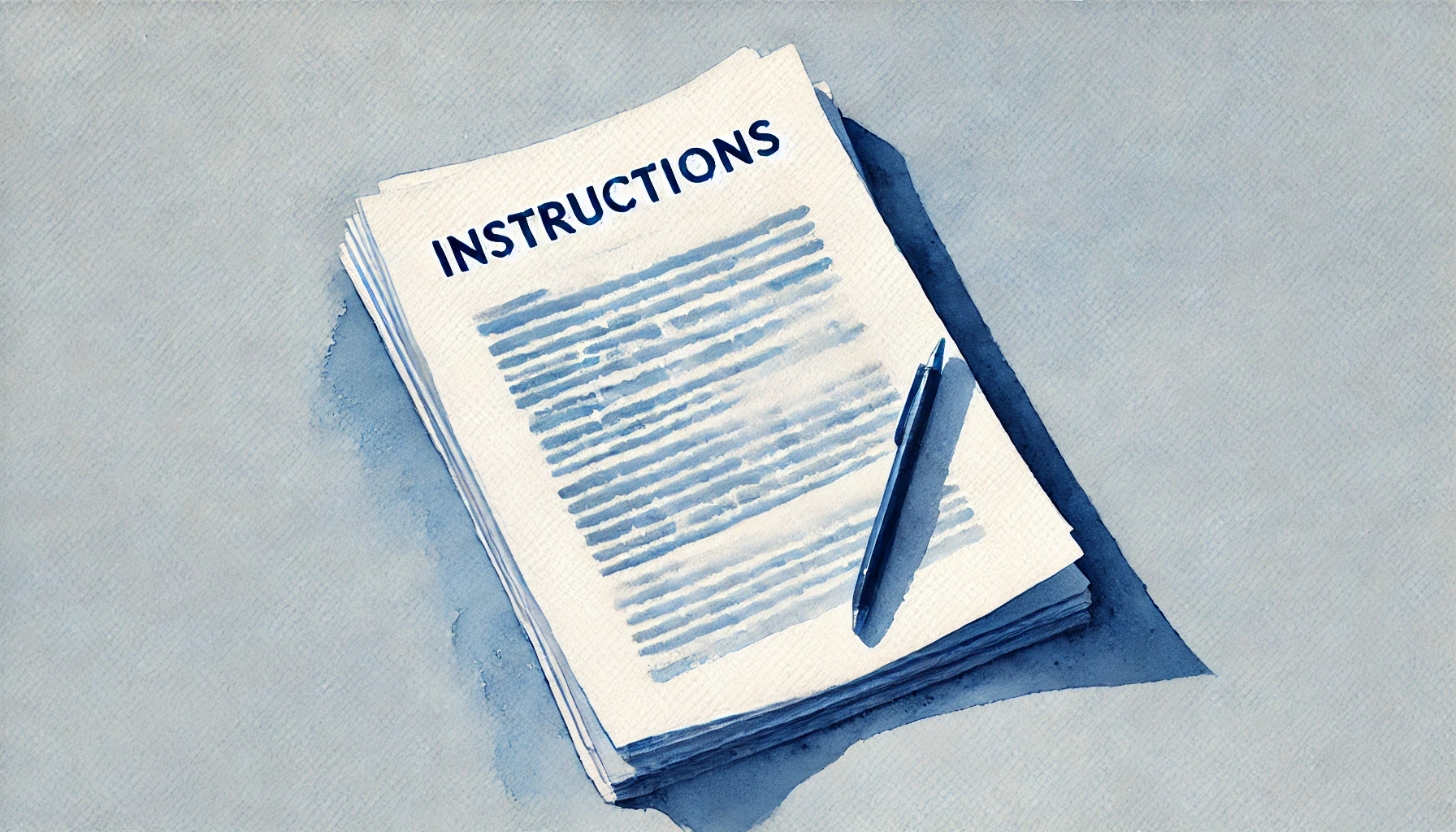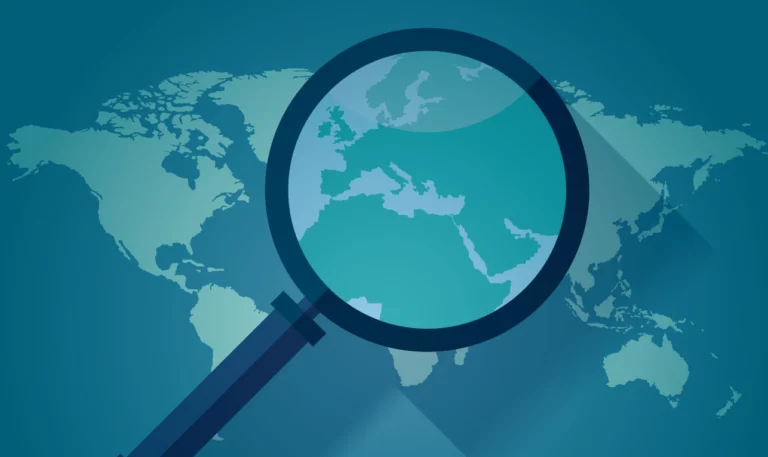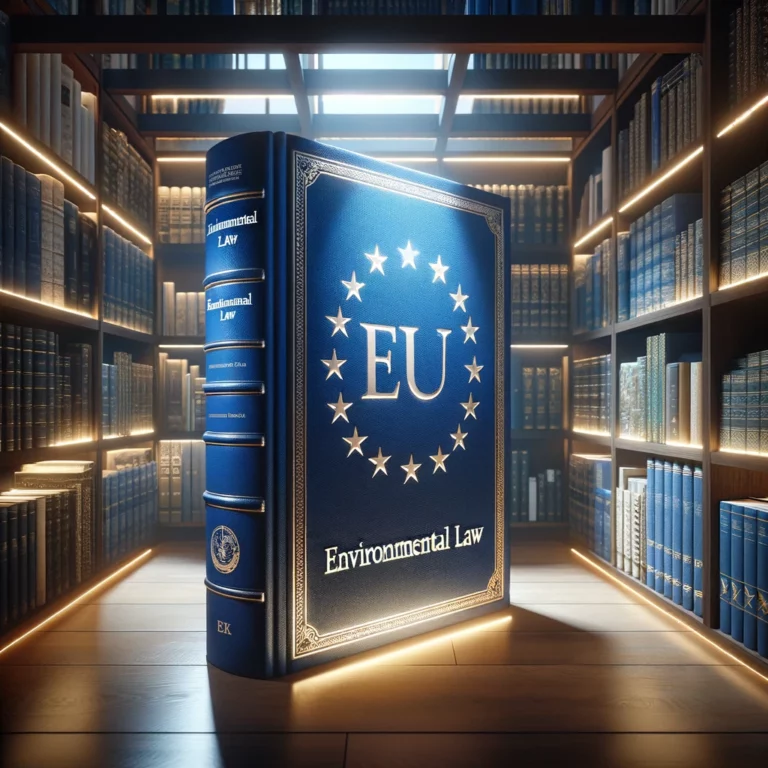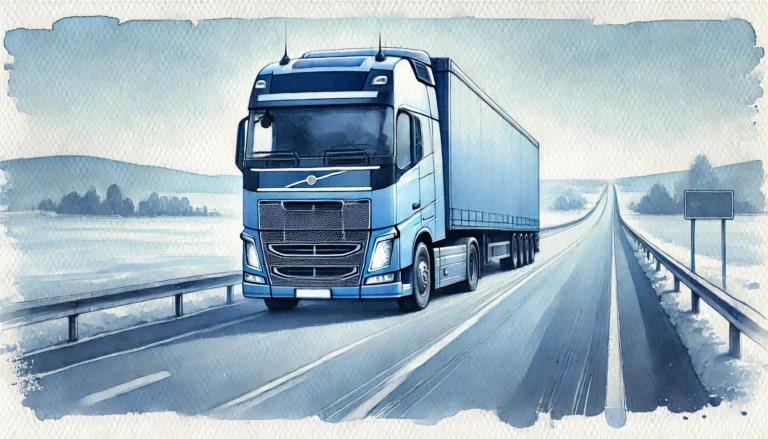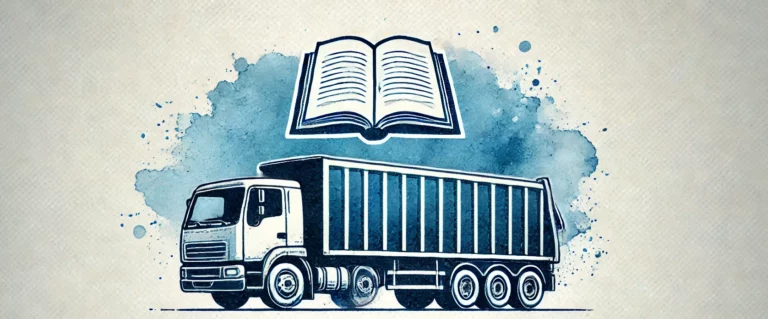How to export waste paper for recycling – essential documents for international shipments
Exporting waste paper for recycling is an essential part of sustainable waste management and circular economy efforts across the European Union. Companies involved in transboundary shipments of waste must comply with strict EU regulations. Depending on their role, they must also obtain the necessary permits. It’s also important for them to follow established procedures to ensure their operations are legal and environmentally responsible. This article provides a clear guide to the legal framework, documentation, and best practices for exporting waste paper for recycling within and beyond EU borders.
Do you need help with waste management? Contact us:
European laws shaping waste paper export and recycling
The process of exporting waste paper for recycling within the European Union is governed by several key legal acts. Below is a list of the most relevant regulations, along with explanations of their importance:
- Regulation (EC) No 1013/2006 on shipments of waste (also known as Waste Shipment Regulation)
This regulation defines the procedures and control measures for the shipment of waste across EU borders. It ensures that waste, including paper destined for recycling, reaches authorized facilities and that illegal transport is prevented. The regulation mention notification procedures, movement documents, and prior written consent for certain waste categories. - Directive 2008/98/EC on waste (Waste Framework Directive)
This directive establishes the principles of waste management in the EU. It promotes recycling over disposal by introducing the waste hierarchy and defining key concepts such as recovery and disposal. The directive aims to protect human health and the environment through sound waste handling practices. - Basel Convention (as implemented in the EU)
This international treaty governs the transboundary movements of hazardous and other wastes. It focuses on environmentally sound management and preventing illegal trafficking of waste, which is vital in cross-border operations. It’s worth noting that if waste paper is contaminated with substances that pose a risk to human health or the environment (e.g. oils, paints, chemicals, or toxic residues), it may be classified as hazardous waste.
For any company planning to export waste paper for recycling, these laws set specific obligations. Exporters must identify whether their waste falls under the green list, allowing simplified procedures, or if it requires full notification. They must submit the necessary documents to the authorities, confirm that the receiving facility has the appropriate permits, and maintain records for at least three years to demonstrate compliance.
Key documents required when you export waste for recycling
Companies that export waste paper for recycling must prepare and manage several essential documents. Each plays a crucial role in ensuring compliance:
- Annex IA – Notification document
Required when prior consent is necessary. It specifies the type, quantity, origin, destination, and intended recovery process. This document needs approval from the relevant authorities in both exporting and importing countries before shipments can commence. - Annex IB – Movement document
This document travels with every shipment. It contains details for customs and environmental authorities, ensuring transparency at borders and at the recovery facility. - Annex VII document for green-listed waste shipment
It must accompany the shipment and contain details about the waste, consignor, consignee, and recovery operation. The document ensures traceability and compliance without prior notification or consent. - Waste classification codes
Each shipment must include the correct code (such as 15 01 01 or 20 01 01 for waste paper). Accurate classification prevents miscommunication and legal issues. - Carrier’s waste transport permit
Every carrier involved must hold valid permits in all countries along the transport route. Exporters should verify these permits in advance to prevent potential violations.
These documents protect exporters, brokers, and carriers by ensuring that all activities are traceable and legal. They also reduce the risk of liability and delays.
Most common mistakes in waste paper export and how to avoid them
- One frequent mistake when companies export waste paper for recycling is incorrect classification (for example labeling paper as cardboard or vice versa). Mislabeling the waste can lead to delays, fines, or seizure of goods. To avoid this, companies should consult with experts or the authorities to ensure accuracy.
- Another common error is incomplete documentation. Missing details, outdated permits, or incorrect quantities can create serious legal issues. Careful review of all paperwork reduces these risks.
- Failing to verify the carrier’s permits is another issue. Assuming that a carrier licensed in one country can operate internationally without additional permits is a dangerous error. Exporters should always request and check permits valid for all transit countries. A detailed checklist for each shipment is a practical way to stay compliant and avoid costly mistakes.
To avoid the mistakes outlined above, work with a reliable partner who will support you in managing your waste responsibly. From document verification to organizing the transport of waste to certified recycling facilities, Waste Transport Solution — part of the Ekologistyka24 Group — is ready to assist. Contact us today to protect your business and ensure full compliance
FAQ
Documents
The following documents must be prepared and/or checked before the waste export operation in Europe:
– Annex VII – for green-listed (clean) waste within the EU.
– Annex IA / IB – in case the waste paper is contaminated with hazardous materials(i.e. paint, oil, detergent).
– Contract – between exporter and recovery facility defining obligations.
– Transport permits and, if required, a financial guarantee.
Yes. In most European countries exporting waste requires a license or permit. For shipments to non-OECD countries, additional approvals are often necessary.
Most laws require you to retain documentation for 3 to 5 years.
Procedures
For exports to non-OECD countries, prior consent from the receiving country’s authorities and approval by the European Commission are required.
It all boils down to the nature of your waste. For waste paper, look for any signs of contamination or discoloration. If the paper has come into contact with hazardous substances such as paint, engine oil, or flammable liquids, it will likely be considered hazardous or mixed waste. In such cases, the prior notification and consent procedure will apply. For plain old paper, an information procedure applies.
To some extent, yes. But it’s important to keep in mind the composition of each of said waste. While clean, not mixed or not contaminated plastic, glass, metal or rubber waste can be considered non-hazardous and thus transported under the general information procedure with Annex VII document, if any of those waste will come into contact with a flammable, toxic or in any other way hazardous substance, the notification procedure and prior written consent will be demanded. On the other hand, medical and biological waste transport will almost always need a notification to be prepared.
Transport
Yes — carriers must hold valid waste transport permits in each country of transit and destination.
There are two things to keep in mind:
– Map the route carefully and ensure all approvals are in place.
– Double-check that all documents correspond to the actual load.
First of all, do not attempt to classify the waste paper yourself, even if at first glance it does not appear suspicious. Always consult a specialist to determine the correct waste code. Only then can you be confident that the documentation is accurate and complete. If the waste paper is classified incorrectly and the driver is carrying the wrong documents, the shipment will be considered non-compliant. This may result in serious consequences, including fines, detention of the vehicle, or an obligation to return the waste to the country of dispatch at the sender’s expense. Authorities may also initiate administrative or legal proceedings against the parties responsible. It is therefore essential to ensure proper classification and documentation before the transport begins in order to avoid these risks.
Risks
Here are the most common mistakes:
– Working with unlicensed operators.
– Misclassification of waste.
– Incomplete or inaccurate documentation.
– Falling victim to fraudulent offers (e.g., unrealistically low pricing).
Inspections can occur at any stage — at export, during transit, or on arrival — both document checks and physical cargo inspections.

